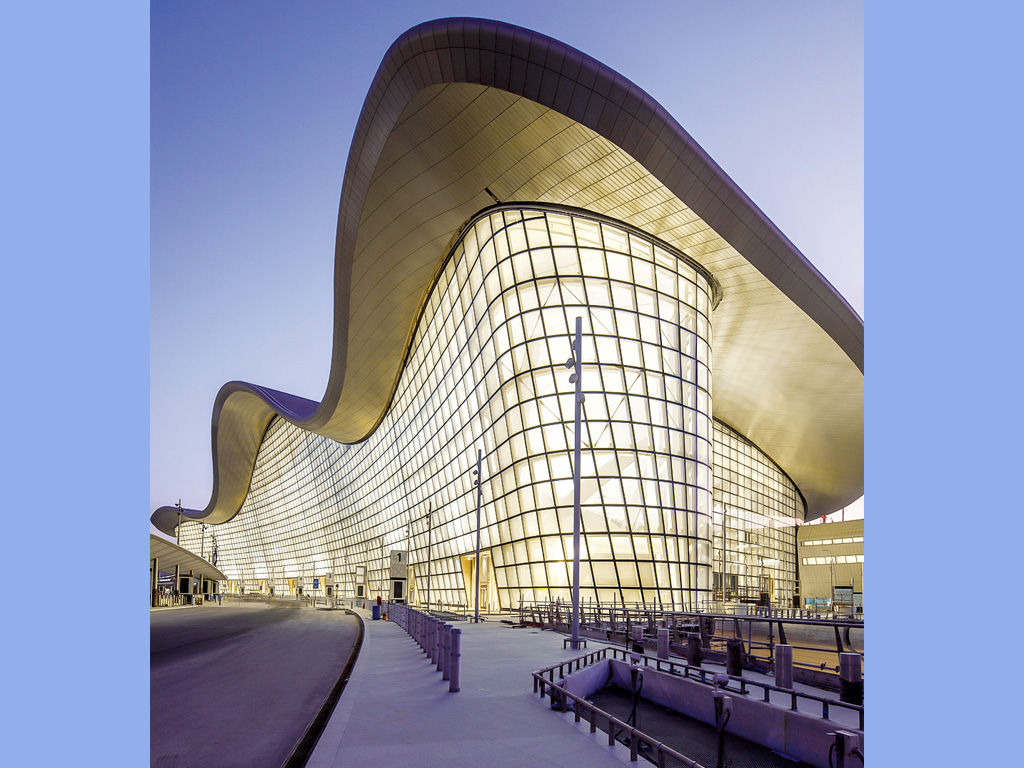
The terminal will double the current airport capacity, with the capability to accommodate up to 45 million passengers per year. At triple the size of the previous Terminal, and with flights to 117 destinations worldwide, it will increase both the frequency and reach of flights to and from Abu Dhabi, boosting the emirate as a destination for travel, business and entertainment.
The new terminal will enhance travel experiences through state-of-the-art facilities made available to passengers and airlines in the region.
Airlines transition into Terminal A is taking place in three phases over two weeks: after Etihad’s ceremonial flight on October 31st, Wizz Air Abu Dhabi and 15 other international airlines will fly from the new terminal on November 1.
From November 9, Etihad Airways will operate 16 daily flights, before completing their transition to their new home on November 14, together with Air Arabia Abu Dhabi and 10 other airlines. From November 14, all 28 airlines will be operational from Terminal A.
When fully operational, Terminal A will be a shopper’s paradise covering 35,000 sqm with 163 retail concessionaires and food & beverage, offering passengers a wide variety of shopping and dining opportunities to enjoy.
For relaxation and rejuvenating prior to flying, there are two health and beauty spas along with a high quality 138-bedroom hotel plus a modern open-air lounge offering renowned Arabic hospitality.
Terminal A will prioritise the passenger experience, facilitating a streamlined service from kerb-to- gate. It will also be the first in the world to include all nine biometric airport touchpoints. In the first phase, this will see biometric solutions installed in key areas, such as self-service bag drops, immigration eGates and boarding gates.
When fully operational, it will use facial recognition technology to screen passengers and minimise wait times.
